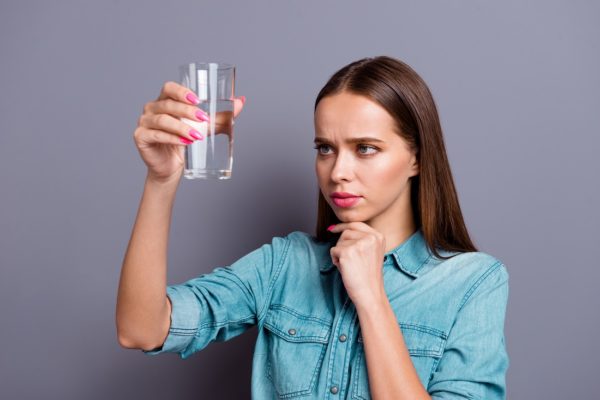
Coastal Queensland was officially awarded Australia’s best tap water in 2019. The water samples were judged based on taste, smell, colour and feel. Mackay Regional Council was set to compete in Berkeley Springs International Water Tasting Competition in the US, but then the pandemic happened.
Australians were introduced to bottled water in the 1980s. People thought it was a ridiculous thought. Why would people pay for something that they get for free from their tap? Well, revenue from bottled water sales in Australia is projected at AUS995 million this year. Still thinking ridiculous? What gives? No matter from where you get your water, water treatment plays a crucial role in producing potable water for the consumer.
Table of Contents
What are the Sources of Water?
There are two sources of water, surface water and groundwater. Surface water comes from the lakes, rivers and streams. This water is also called soft water because it is low in mineral content. On the other hand, groundwater is located underground and must be pumped out of the ground through a deep well drilling. The groundwater is achieved through the process of precipitation.
Water from the rain, snow, lakes, streams, and rivers seeps through the ground, naturally filtered from some contaminants by the layers of rock, clay and sand, until the water reaches an “aquifer”. An aquifer is a natural water table, made up of layers of rocks, which stores precipitated water from the ground. Water from aquifers is also called hard water because minerals get picked up as they get filtered through the rocks. It is also the water that you drink from wells. In dry places like Australia, groundwater provides a cheap source of water.
What are Water Contaminants?
People used to drink water from the tap; however, the increase in industrialization and chemicals degraded the water system. These contaminants will always find their way into the water system, especially when people do not care, unaware, negligent or careless about proper waste disposal. Here is a list of some of these contaminants:
Septic Tanks
Poorly maintained and poorly designed septic tanks can leak pollutants into private wells and groundwater.
Hydraulic Fracturing
Fracking is the process of drilling into the ground, creating small explosions beneath the ground using water, sand and chemical mixtures to extract fossil fuels.
Agricultural Chemicals
Farmers using pesticides and all forms of chemical fertilizers cause these chemicals to mix with rainwater and seep into the ground, thereby polluting the groundwater.
Landfills
Landfills without following the regulated protective layer beneath will cause the water to mix with the pollutants in the garbage to leak into the ground and contaminate the groundwater. Imagine the chemicals coming from hospitals and other industrial facilities which can find their way into the groundwater.
Pollution from the Atmosphere
Since groundwater is processed through precipitation, air pollution and other contaminants in the atmosphere combine with water droplets and fall to the ground as rain. This is not to mention the chemicals which are washed off into lakes and rivers by the rain.
Underground Pipes
Many countries use underground pipes to move products such as oil, biofuels, cooking gas, liquid petroleum, sewage, and water. When pipes burst, these products will eventually contaminate the groundwater.
Road Salts
When communities frequently use road salts to melt ice on the road, these salts flow with the melted ice into the ground and the groundwater.
Check the safety of the water from your tap. Visit your community’s water supplier report and check how they conduct water treatment on your tap. And the next time you find yourself throwing anything to the ground, remember it will all come back to you, through the air you breathe or through the water you drink.


